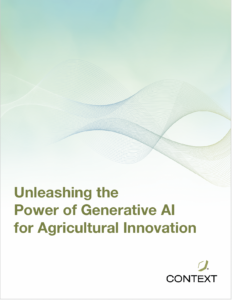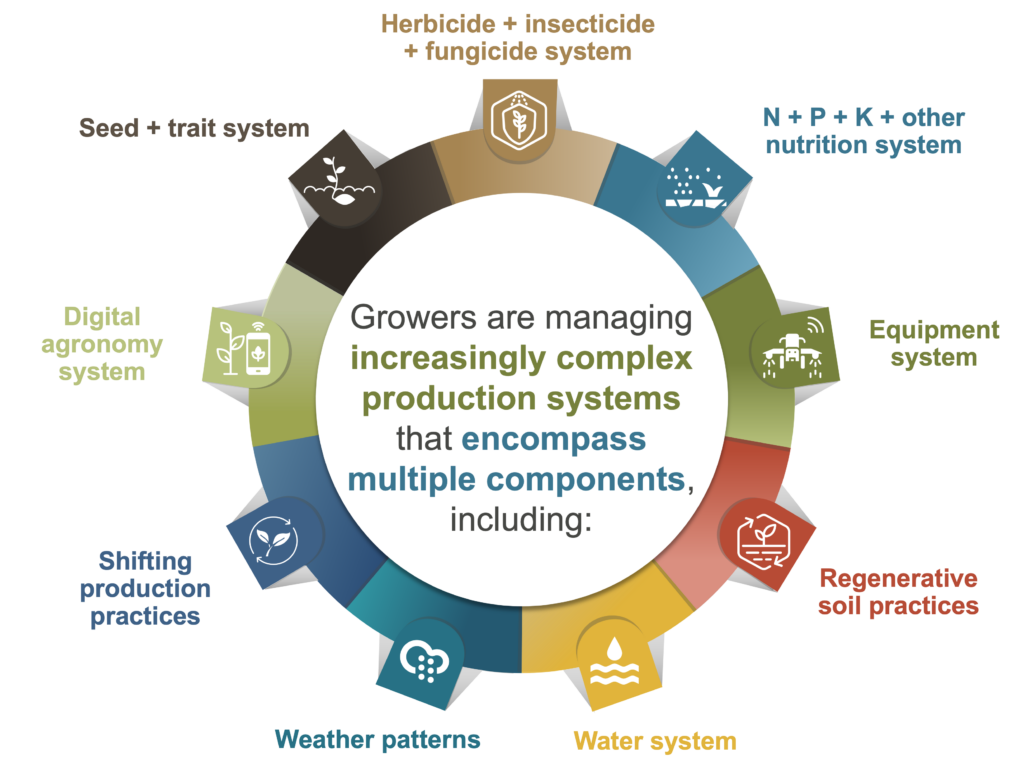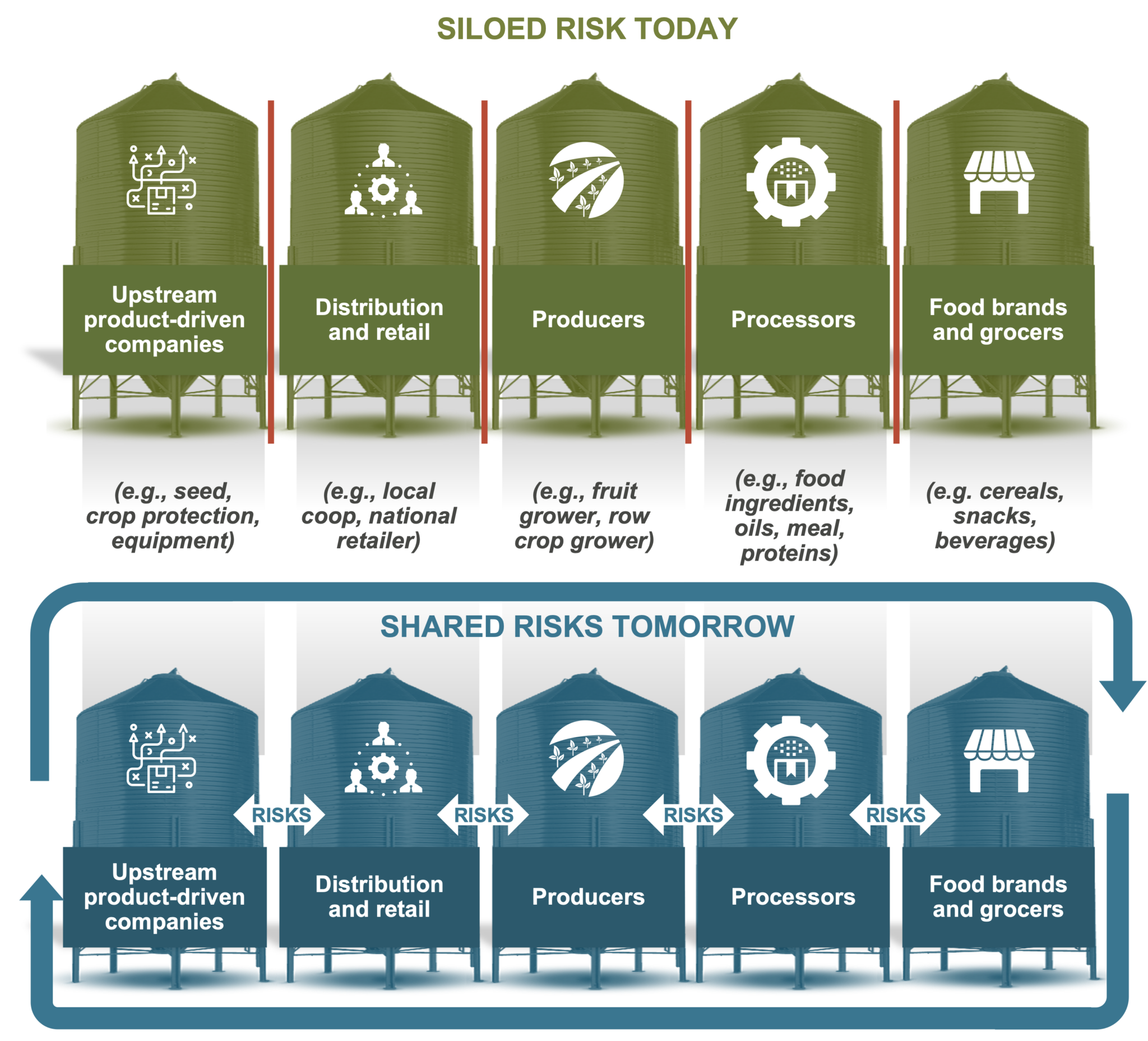The Context Network Partner Doug Griffin, who was recently named to the Association of Equipment Manufacturers (AEM) Ag Sector Board, led a Context team that helped AEM and other industry associations quantify the environmental benefits of precision agriculture. Griffin shares what they learned here:
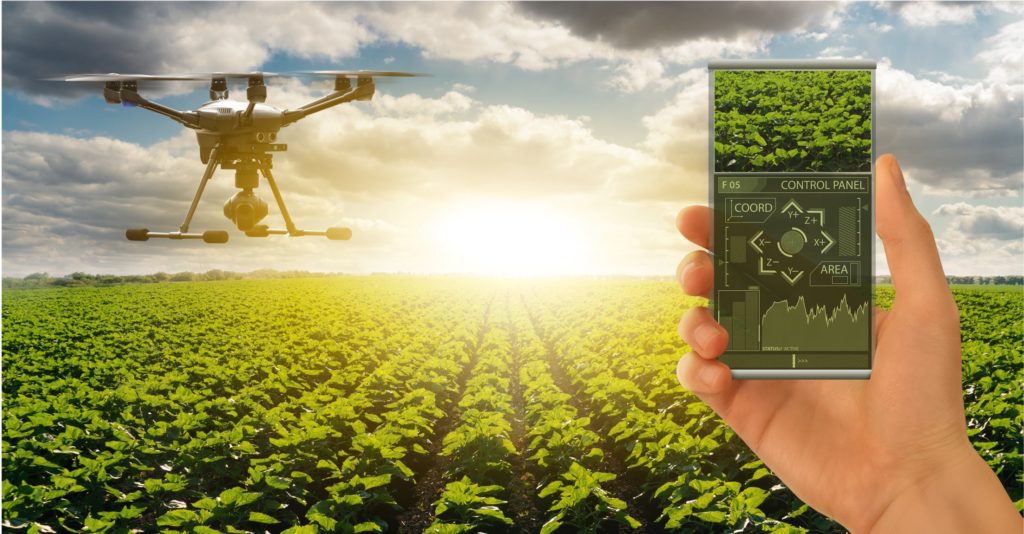
The name says it all. Precision agriculture is about applying the right amount of the right thing (e.g., seed, nutrients, fertilizer, water) in the right place. But until recently, there was little precision in the data about the environmental benefits of these technologies.
The Association of Equipment Manufacturers (AEM) recognized that void. While there was plenty of good information about the economic benefits of precision agriculture, there were only bits and pieces that quantified its impact on the environment. With arguably no topic in agriculture more pressing today than sustainability, AEM envisioned a cohesive study that multiple organizations could stand behind. It partnered with the American Soybean Association, CropLife America, and the National Corn Growers Association to take a close look at the environmental benefits of precision agriculture through five lenses: productivity, fertilizer reduction, pesticide reduction, fuel savings, and water savings.
The study focused on five prominent areas of precision agriculture technology:

Auto steer, also known as auto-guidance, uses GPS to automatically control the tractor’s path during seeding, spraying, and harvesting. This improves efficiency and reduces soil compaction because it avoids overlapping and missed spots in the field.

Machine section control can turn planter, fertilizer, or sprayer sections on or off in rows that have already been seeded or sprayed. It also senses shorter rows (i.e., point rows) and turnrows and adjust treatment automatically, based on field data in GPS.

Variable rate technology determines the right applicable rate for seed, fertilizer, and crop protection products. It often uses supporting technologies such as crop and soil sensors, yield monitors, and preprogrammed maps.

Fleet analytics and telematics enables famers to monitor their equipment in real time and from a distance, including GPS location tracking, equipment idling, and route suggestions.

Precision irrigation technologies (specifically, sensor-driven center pivots) can apply different amounts of water to different parts of a field to reduce overall water consumption, without jeopardizing crop performance.

What Context Learned
The AEM study found that precision agriculture—at its current adoption level—quantifiably enhances sustainability through more efficient use of land, water, fuel, fertilizer, and pesticides.

Productivity:
4% current increase in yield
To put it in tangible terms, this adds up to 10.2 million acres of cropland avoided due to more efficient use of existing land. That’s the size of 4½ Yellowstone National Parks!

Fertilizer use:
7% current increase in fertilizer efficiency
For one farm in central Illinois, variable rate precision agriculture technologies, in combination with other climate-smart practices, lowered the farm’s costs by $67 an acre, and reduced CO2-equivalent greenhouse gas emissions by more than 15%.

Herbicide use:
9% current reduction in herbicide use
In practical terms, this adds up to an astonishing 30 million fewer pounds of herbicide.

Fossil fuels:
6% current reduction in fossil fuel use
This equates to 100 million fewer gallons of fuel—or taking 193,000 cars off the road each year.

Water use:
4% less water usage currently
Variable application of water is conserving enough water to fill 750,000 Olympic swimming pools.
It’s been exciting to help bring these findings to light and to see the way they’re resonating with a diverse audience. Equipment manufacturers are embracing the study—and sharing its findings to help farmers make important decisions. Investors are reading the study—and it’s buoyed their confidence in the sector’s commitment to sustainability. Politicians are reading it—and it’s shaping the policies they are putting forward.
What’s Next?
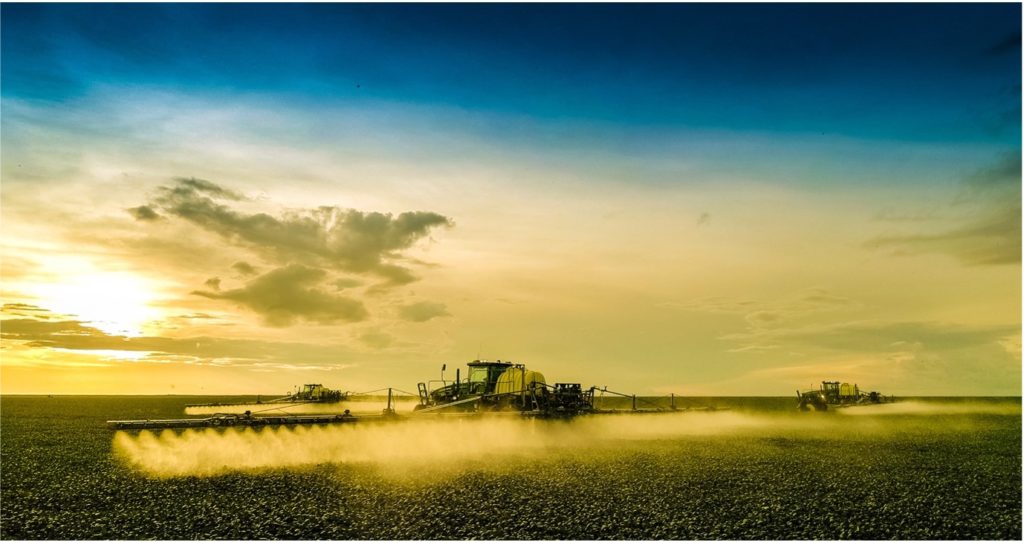
While the environmental impact of precision ag is significant today, the reality is that adoption rates are still quite low, creating potential for more positive impact with broader adoption. Auto guidance/autosteering is the most widely embraced by U.S. farmers, but even its adoption rates are uneven today—at 25% to 80% of potential. Adoption of machine section control and variable rate technologies hovers between 5% to 45% and 2% to 54% of potential, respectively. And adoption of machine/fleet analytics and precision center pivot irrigation is currently at less than 12% and 22% of potential, respectively.
The potential for additional water savings is especially meaningful. Full adoption of technologies such as variable rate precision irrigation and soil moisture sensors could trim another 21% in water usage. The potential to reduce the use of fossil fuels through broader adoption of precise agriculture is profound too. By leveraging auto guidance and machine telematics, fossil fuel use could decrease another 16%. With full adoption of precision agriculture in other areas, the study estimates an additional 6% productivity gain is possible. The gains already achieved in fertilizer and herbicide efficiency could be increased by 14% and 15%, respectively, through full adoption in the future.
With this study in hand, AEM can now share compelling, factual findings with all kinds of stakeholders, from farmers to state directors of agriculture to consumers. The association is focusing on four pathways to help accelerate adoption: government policies that reward innovation; increased farm income to help foster investment; improved wireless infrastructure; and consumer communications that build trust in the science.
The Context Network is currently working with AEM on an extension of this study that quantifies the environmental benefits of modern dairy technologies. Context’s know-how in the agricultural equipment sector, our dedication to sustainability, and our broad network of experts allow us to tackle big questions like these. For more than three decades, we’ve been helping organizations all across agriculture identify trends and plan for opportunities. To discuss or learn more about the environmental sustainability of today’s cutting-edge technologies and equipment—reach out to me at doug.griffin@contextnet.com.
Thank you to the Association of Equipment Manufacturers (AEM) for allowing The Context Network to share the full study: https://newsroom.aem.org/precision-agriculture-improves-environmental-stewardship-while-increasing-yields/”
Doug Griffin is a high-energy executive with wide-scope senior-level leadership experience including commercial P&L management, global strategy development, branding, sales, marketing, channel development, and product management. He is experienced with driving culture change, process management, and execution of strategic plans.
Griffin joined Context in 2015 after a 27-year career in ag equipment, including 13 years with AGCO Corporation and 14 years with Caterpillar. He holds a BS in agricultural engineering from Purdue University. He resides in Atlanta with his wife.


